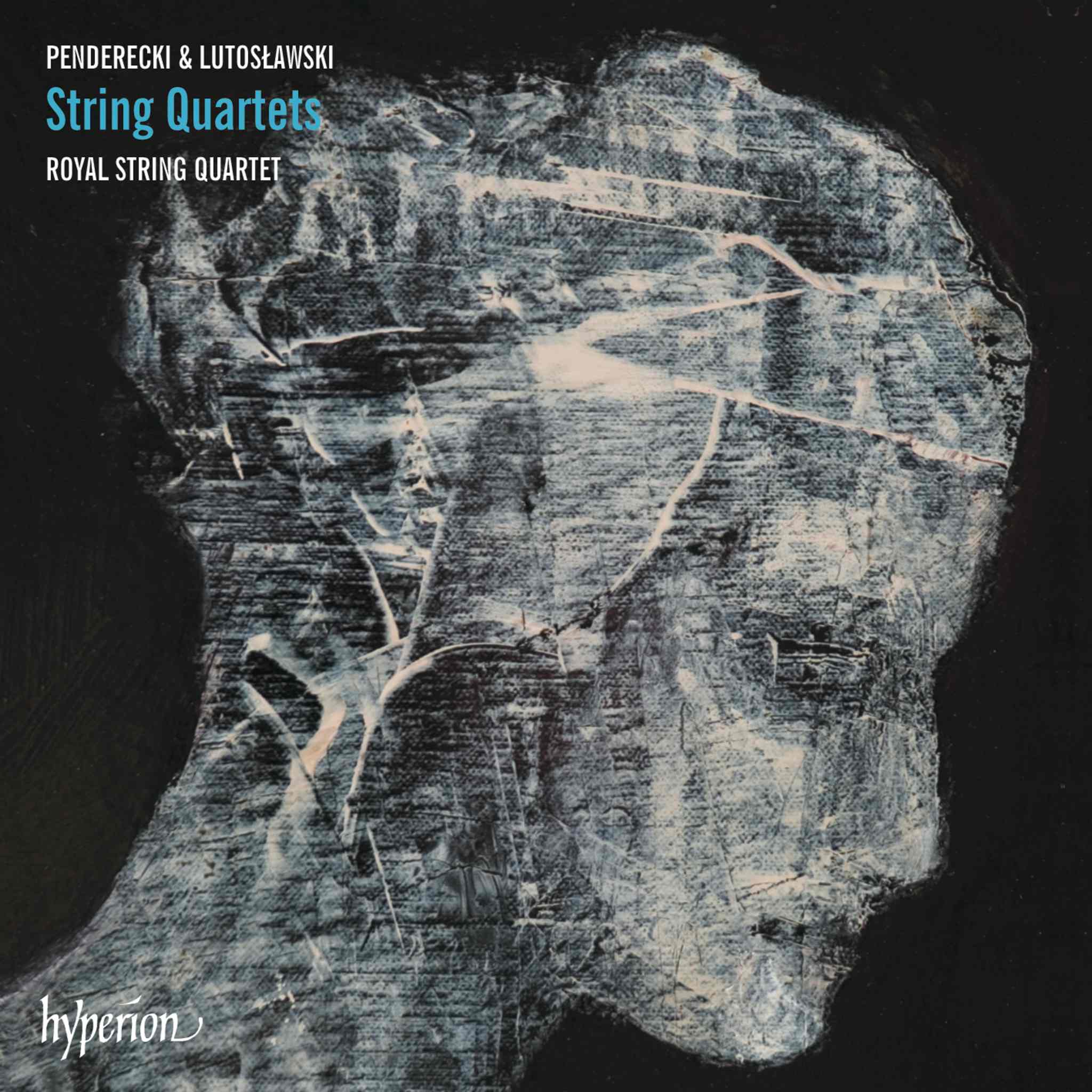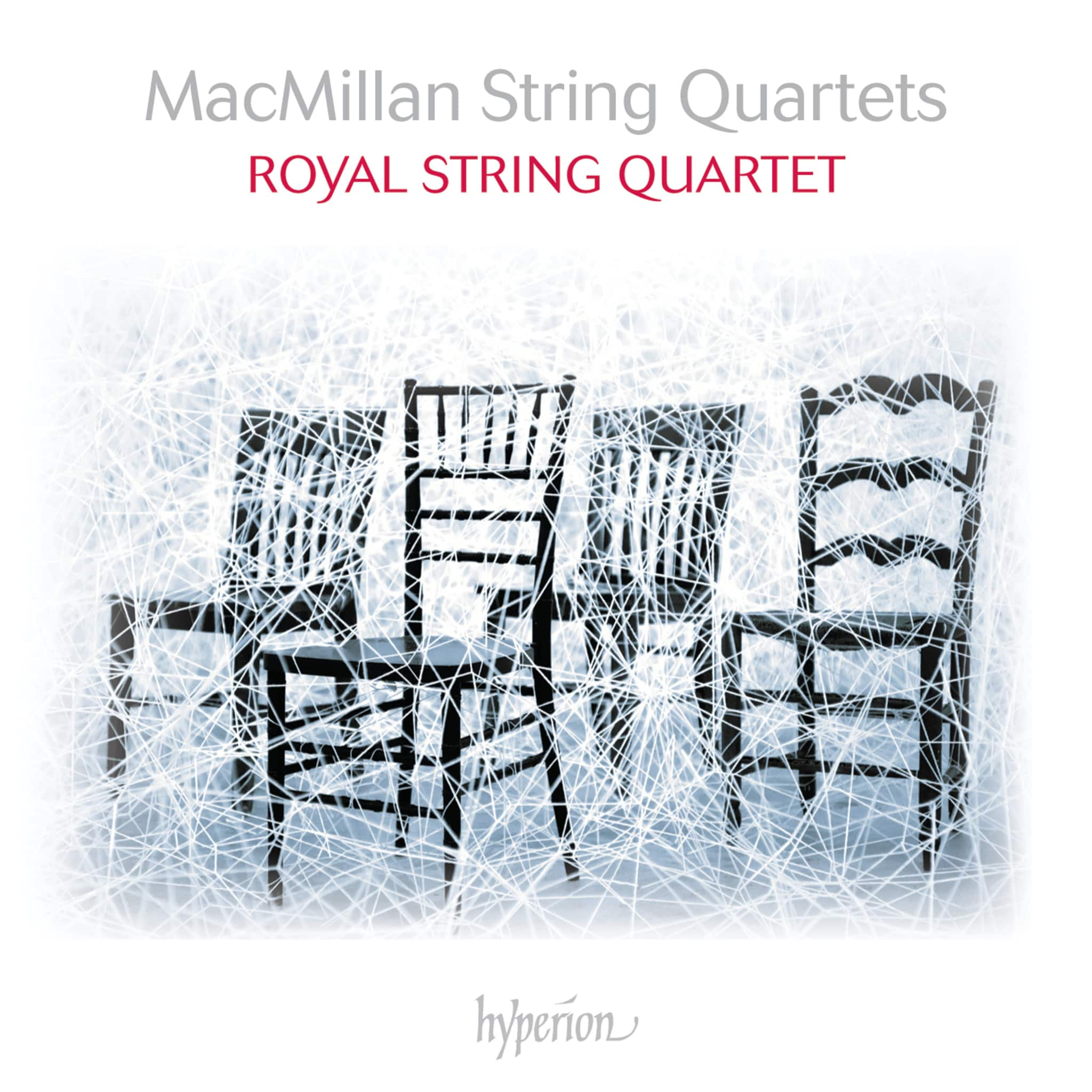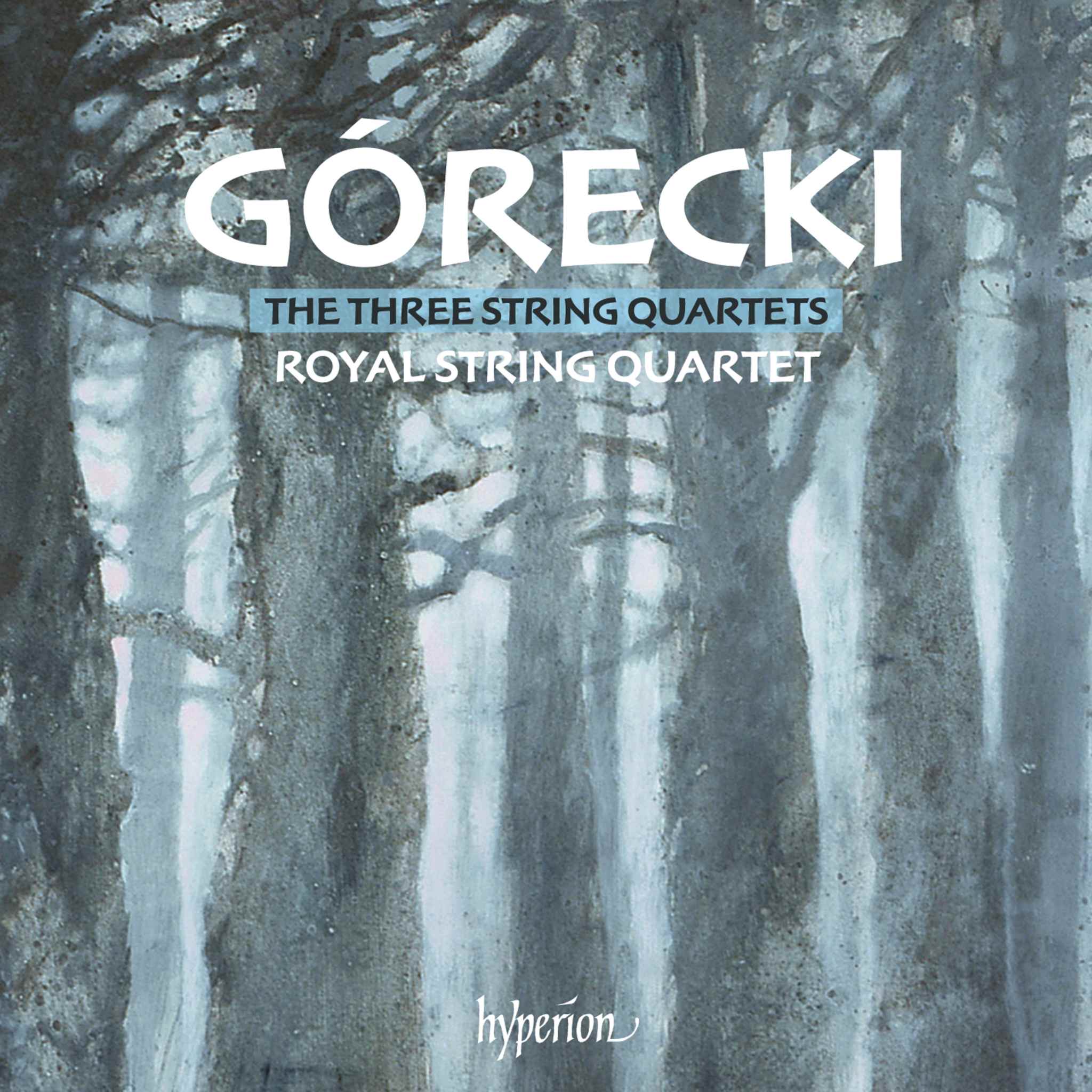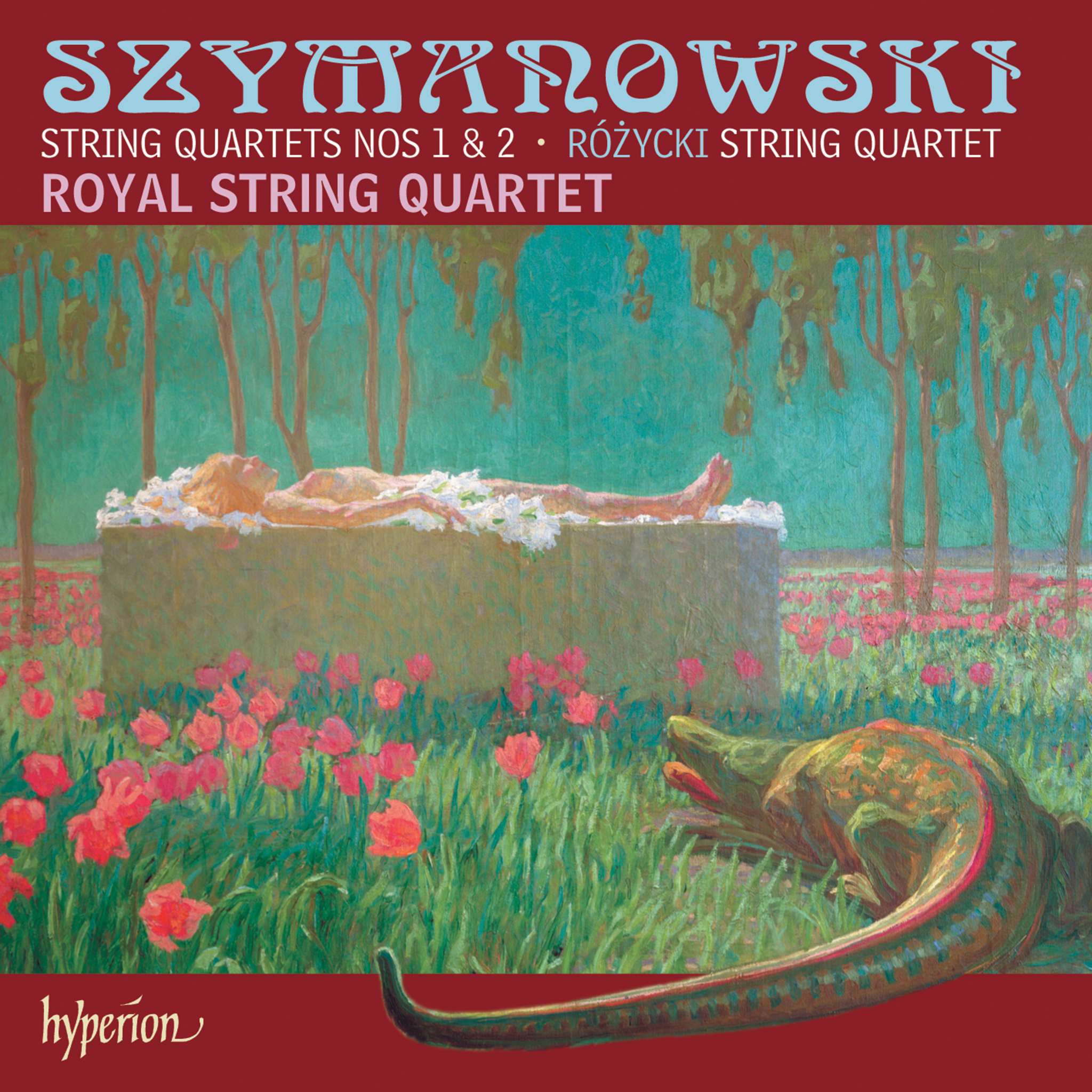Album insights
In considering Camille Saint-Saëns' career, it's apparent that he excelled as a composer, pianist, and even as an author, despite facing setbacks. His talents were recognized by critics early on, with contrasting views on his work. He missed winning the Prix de Rome, an aspect seen as a flaw in his biography. Speculation surrounds his symphony "Urbs Roma," with uncertainties about its conductor and thematic inspiration. The work, rich in intricacies, was not published until much later, indicating a possible lack of pride from the composer.
Saint-Saëns' F major symphony of 1856, known as "Urbs Roma," left room for debate surrounding its origins and thematic depths. The work, dedicated to Jules Pasdeloup, showcased bold innovative ideas, urging mixed reactions from audiences. His symphonic prowess challenged conventions prevalent in French music of the mid-19th century. The composer's dedication to the symphony demonstrated a unique personal touch, defying expectations prevalent during that time.
Diving into Saint-Saëns' Symphony in A minor, known as his second, composed in 1858-59, one witnesses a culmination of his lifelong pursuit to blend inspiration and structure. A successful endeavor by any standard, this symphony offered a departure from traditional forms until 1886. The intricate layers within the piece reveal a depth that resonates, marking a significant achievement within Saint-Saëns' repertoire.
The introduction of symphonic poems in France is often credited to Saint-Saëns, showcasing his unique approach to musical narrative. Despite not being the sole pioneer in the genre, his deliberate and distinct contribution set a new standard. His varied works, inspired by Greek mythology and later romantic horror, reflect a diverse musical persona. Saint-Saëns' innovative twists, exemplified in pieces like "Danse macabre," showcased his willingness to push musical boundaries, leaving a lasting impact.
In pursuing musical innovation, Saint-Saëns dared to intertwine classical themes with unconventional elements, setting himself apart from his contemporaries. His creations, laden with historical and mythological references, testify to his artistry. Even when steering towards a more populist approach, as seen in pieces like "Danse macabre," his musical legacy continued to resonate with audiences, sparking both admiration and controversy. Through his pioneering spirit and willingness to experiment, Saint-Saëns' musical legacy remains a testament to his enduring impact on the world of classical music.







